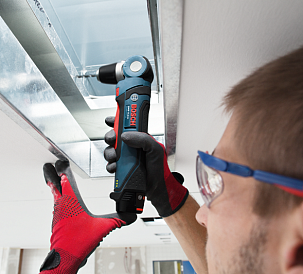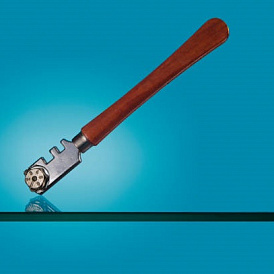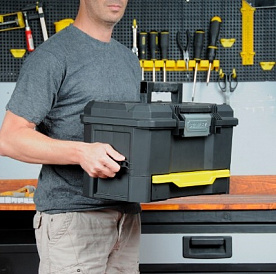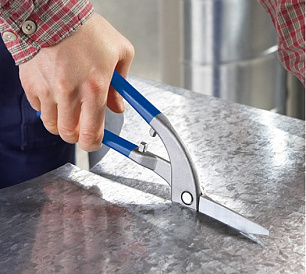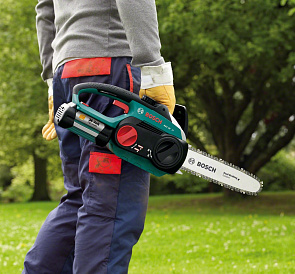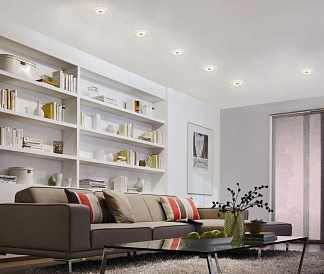6 best materials for insulation of the ceiling
The ceiling overlap between the unheated attic and living rooms must be further insulated. This process is performed both from above (the material is laid above the ceiling along the logs) and from below (insulation is fixed from the side of the heated room and sewn up with decorative panels). We have prepared a rating of the best materials for ceiling insulation, which are suitable for different types of installation. The experts analyzed the characteristics of the insulation and reviews to them, which will help to choose the best material for the price, ease of installation and insulation properties.
Rating of the best materials for ceiling insulation
| Nomination | a place | Name of product | rating |
| Rating of the best materials for ceiling insulation | 1 | Mineral wool | 4.9 |
| 2 | Penofol | 4.8 | |
| 3 | Styrofoam | 4.7 | |
| 4 | Penoizol | 4.6 | |
| 5 | Foiled polyethylene foam | 4.5 | |
| 6 | Styrofoam | 4.4 |
Mineral wool
Rating: 4.9
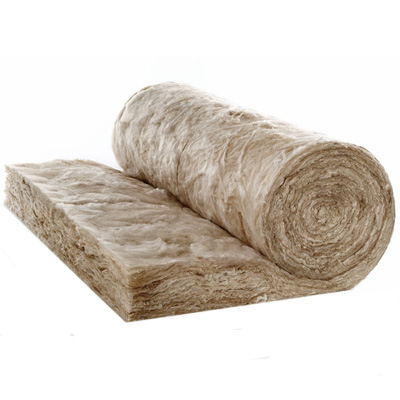
The first place ranking is mineral wool. This is the name of the material obtained by melting basalt rocks, therefore, in the sale of goods can be found under the designation "stone" or "basalt" wool. Warming is achieved through the formation of thin villi, tightly intertwined. At the same time, the material is light, flexible and with high insulating properties. Mineral wool is produced in rolls or square plates. It is convenient to choose it for insulation of the ceiling according to the height of the insulation - there are options from 50 to 200 mm. Insulation density varies from 11 to 200 kg / m³. The higher this indicator, the better the material will delay the cold. Buyers in the reviews are divided that wool is easy to cut and you do not need to accurately observe the dimensions - the extra edges are simply compressed and inserted between the ceiling beams.
Our experts awarded the material first place in the ranking, since mineral wool has one of the lowest thermal conductivity values. Depending on the density, it varies from 0.033 to 0.040 W / m * K. This option of ceiling insulation is as safe as possible, because cotton wool is environmentally friendly and does not burn.
Virtues
- absolutely not burning;
- the heater is not subject to rotting;
- rodents are indifferent to it;
- low weight is optimal for ceiling construction.
disadvantages
- hydrophobic insulation (absorbs water);
- when installing from the bottom to the ceiling, a sufficient number of supports is necessary, otherwise it will sag;
- with time shrinks.
Penofol
Rating: 4.8
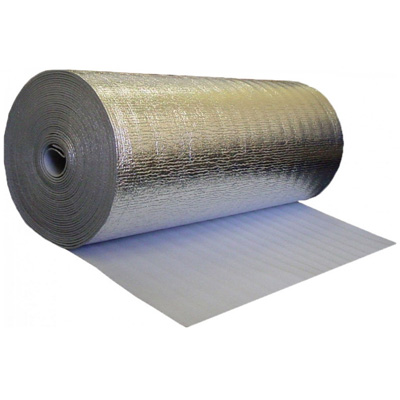
Penofol took the second place in the ranking - a material consisting of polyethylene foam and a screen. The reflective part is made of foil, 14 microns thick. Due to this construction, the insulation easily bends and follows the contour of the surface. She warmed the ceiling of the house from the attic and from the residential part. Goods are produced in rolls and can be in height from 10 to 20 mm. The thermal conductivity index is slightly lower than the leader of the rating and is 0.049 W / m * K. Buyers in the reviews like the ease of transporting the material, because in one roll fits 50 meters at once.Penofol is fixed on a special glue, which has a not very pleasant smell, therefore, ceiling insulation works should be carried out in a well-ventilated area.
Experts put insulation in second place in the rating for its reflectivity. Thanks to the foil layer, the heat returns to the room. In the case of insulation of the ceiling with penofol with two screens, a double effect occurs, contributing to the reflection of the increased temperature in the summer from the room, which will keep it cool.
Virtues
- small height of 10-20 mm is practical for houses with low ceilings (does not take a lot of space);
- bends easily and takes any form, which is convenient for warming embossed ceilings (for example, where the beams go inside the room);
- low water absorption;
- reflectivity.
disadvantages
- the side with polyethylene burns and emits acrid smoke;
- on sale there are many low-quality fakes;
- high price;
- It will not cope on its own in cold regions (it will be necessary to use paired with another heater).
Styrofoam
Rating: 4.7
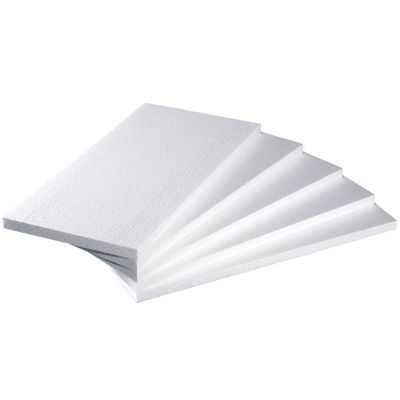
In third place ranking is polystyrene foam, which is a gas-filled material. Produce insulation from polystyrene and copolymers. Unlike conventional foam, treated with steam, resulting in large cells, expanded polystyrene undergoes an extrusion process, in which the substance is passed through an opening with a small section. Thanks to this technology, a heater with small pores and a homogeneous structure is obtained. When warming the ceiling, the plates are cut with a knife. Bending, they are 6 times stronger than polyfoam, but still break. But the material is ahead of the competitors in density - the minimum value starts from 27 kg / m³. Most often on sale there are goods with an indicator of 35 kg / m³. You can apply the insulation of the ceiling in liquid form on the lag in the attic, but this requires specialized equipment.
According to our experts, the material has earned a place in the rating due to the large selection of plate height. Available options with 20, 30, 40, 50 mm in cross section. The thermal conductivity of polystyrene foam is ahead of mineral wool indicators: they will have the same effect at a thickness of 30 and 57 mm, respectively. But for durability and ease of installation, he loses the leader rating. In reviews, the owners praise the ceiling insulation for the presence of grooves that allow to mount a solid surface.
Virtues
- not afraid of water and steam;
- does not crumble when cutting;
- homogeneous structure;
- large selection of options for the section;
- density from 27 kg / m³.
disadvantages
- takes up a lot of space during transportation;
- when burning emits toxic smoke;
- you need to more accurately adjust the size of the ceiling;
- low bending strength.
Penoizol
Rating: 4.6
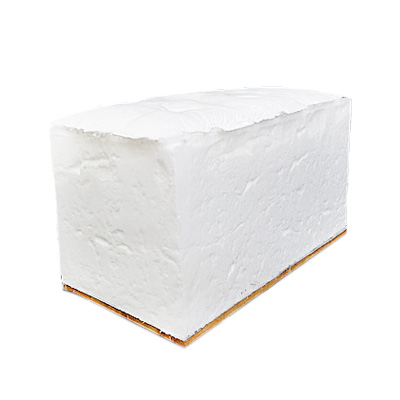
The fourth place in the rating belongs to penoizol, which is one of the types of foam. The material is called carbamide-formaldehyde foam. It is formed from foam and resin, enveloping each cell with air. A hardener (orthophosphoric acid) is added to the composition, therefore the applied mass hardens. Most often, Penoizol is applied in a liquid form, for which they hire craftsmen with a special installation or purchase a machine and perform all the manipulations on their own. Users in reviews like the affordable cost of insulation and the fact that the material does not create pressure on the walls of the structure. After polymerization of the substance, the lags and beams are not deformed.
We noted this material in the ranking as the best for insulating ceilings of a large area and with difficult relief. Penoizol is supplied from the plant in the form of a mass, which has a consistency that resembles shaving foam, therefore the substance fills the narrow spaces and gaps well. But they will warm the ceiling only from the side of the roof.
Virtues
- material does not burn;
- fine foam is not attractive for housing rodents;
- thanks to the supply in liquid form, you can create any height insulation;
- relatively cheap way to warm the ceiling.
disadvantages
- high water absorption (18-20% by weight);
- additional finishing is required to protect the ceiling from moisture;
- at destruction it releases formaldehydes and urea;
- possible shrinkage and microcracks after solidification.
Foiled polyethylene foam
Rating: 4.5
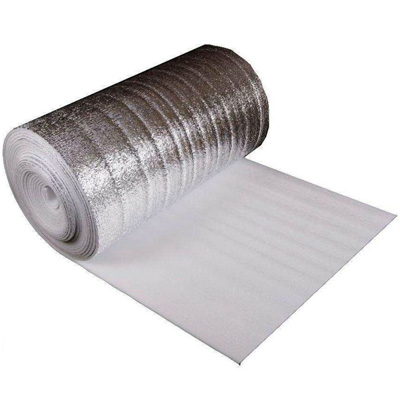
In fifth place in the ranking is foiled polyethylene. As the name implies, it includes foamed polyethylene duplicated in aluminum foil. But the screen here is located only on one side. The material for insulation of the ceiling is available in rolls and it happens: not crosslinked, chemically crosslinked and physically crosslinked. The most famous manufacturer of such goods is the Izolon brand, whose name has become a household name and now refers to the material. Buyers in the reviews like that foil foamed polyethylene can be fixed in many ways: with a stapler, self-tapping screws, glue. Due to the screen from the ceiling, up to 95% of heat is reflected and returns back to the room. Good noise insulation with a small section of 5-8 mm. Density varies from 20 to 200 kg / m³.
We have included material for insulation in the rating, since it is well suited for installation on the ceiling in wet areas (kitchen, bath, bathroom). Foil not only reflects the heat, but also resists the penetration of water. There are types of izolona with PET film, which increases the service life of the insulation and prevents corrosion of the screen.
Virtues
- ecologically safe;
- reflective effect;
- good noise insulation;
- convenient transportation in rolls.
disadvantages
- happens only in small sections of 5-8 mm;
- in cold regions will require the use of paired with other insulation;
- thermal conductivity of 0.051 W / m * K.
Styrofoam
Rating: 4.4
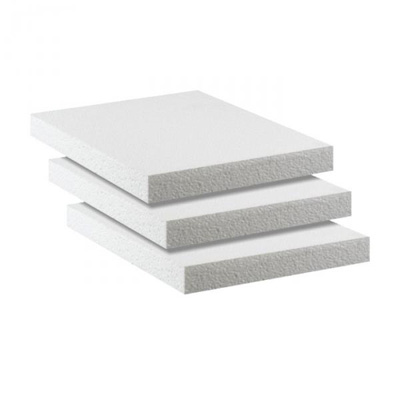
In the sixth place in the ranking, the material known to all from childhood is foam plastic. For the manufacture of used polymer, prone to foaming. It forms large cells with thin walls. Most of the insulation is gas, so the plates are foam light - they can be mounted on the ceiling from the inside of the room and from the attic. For installation used construction sealant (foam in cans). The blocks are produced with a thickness of 10 to 100 mm, which is convenient for selecting the height of insulation and the degree of insulation. But when cutting with a knife, the slab crumbles, which delays the laying process. Additionally, the joints must be filled with foam, otherwise “cold bridges” are formed there.
Experts added material to the rating due to the most affordable prices in the category. With the help of foam insulation ceiling insulation does not require a lot of money from the family budget. Due to the thin walls between the cells, the heat transfer process is significantly slowed down. Masters in the reviews like the product lack of dust when laying, as is the case with mineral wool.
Virtues
- affordable price;
- misses steam;
- no shrinkage;
- does not create a load on the ceiling structure;
- various thickness options (10-100 mm).
disadvantages
- for fixing to the ceiling from the side of the room need mounting foam;
- when burning emits toxic smoke;
- installation takes time to seal the "cold bridges";
- exact cutting in size is required;
- the corners are crumbling.
Attention! This rating is subjective, is not advertising and does not serve as a guide to the purchase. Before buying, you should consult with a specialist.


